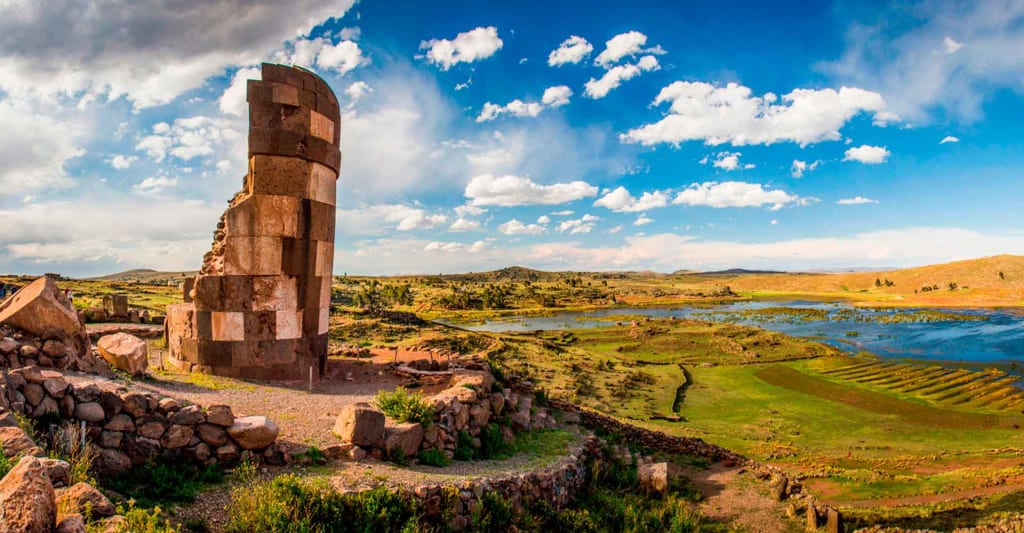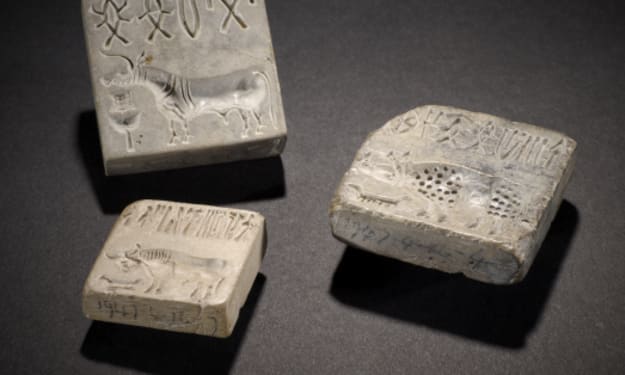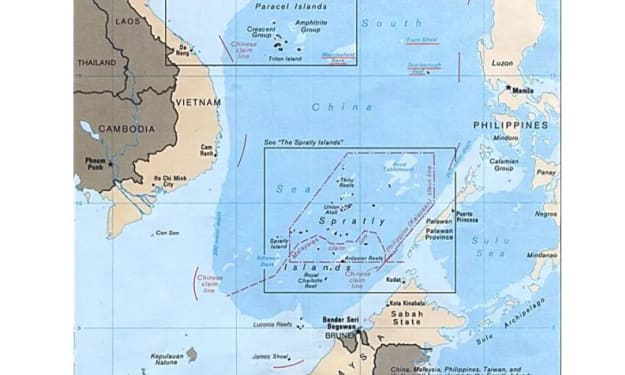Echoes of Eternity: Peruvian Chullpas as Symbols of Andean Cultural Heritage
History

Peruvian Chullpas stand as enduring symbols of the ancient civilizations that once flourished in the Andean highlands. These monumental funerary towers, crafted by cultures like the Aymara and Inca peoples, transcend mere architectural marvels; they embody profound spiritual beliefs, social hierarchies, and cultural identities that shaped Andean societies.
The primary function of Peruvian Chullpas was as sacred repositories for the remains of esteemed individuals within their communities. These individuals, often nobles or influential leaders, were interred in Chullpas as a testament to their status and ongoing spiritual influence. Constructed with meticulous stone masonry, Chullpas typically take the form of cylindrical or rectangular towers, varying in height and often adorned with intricate carvings or geometric patterns. Some early iterations even featured thatched roofs, underscoring the ingenuity and craftsmanship of their builders.
Beyond their practical role as burial chambers, Chullpas held profound spiritual significance for the Andean peoples. They were believed to be portals connecting the earthly realm with the spiritual world, where the spirits of the deceased could reside and continue to guide and protect their descendants. This belief reflects an intricate worldview that emphasized the interconnectedness of all beings, past and present, and the importance of ancestral reverence in maintaining harmony and prosperity within communities.
Moreover, Chullpas served as markers of community identity and social hierarchy. The size, complexity, and location of a Chullpa often reflected the status and influence of the individual or family buried within it. Elaborate decorations and symbolic motifs further reinforced their significance, with carvings sometimes depicting animals, mythical beings, or geometric designs that held cultural and spiritual meaning for the society that created them.
One of the most renowned sites where Chullpas can be found is Sillustani, situated near Lake Titicaca in Peru. Here, visitors can marvel at the towering structures that have withstood the passage of time, offering glimpses into the architectural prowess and spiritual beliefs of ancient Andean civilizations. Sillustani serves not only as a historical site but also as a place of reflection and admiration for the cultural heritage that continues to resonate through the ages.
Preserving these ancient structures is paramount, not just for their architectural significance but also for their cultural and historical value. Many Chullpas are now protected as UNESCO World Heritage sites, drawing tourists and researchers eager to delve into Andean archaeology and history. However, challenges such as natural erosion, looting, and the need for comprehensive preservation efforts persist, emphasizing the ongoing importance of conservation initiatives to safeguard these invaluable remnants of the past.
Studying Chullpas offers profound insights into the complex belief systems and societal structures of the Andean civilizations. They provide a window into a society that revered its ancestors, embraced a holistic worldview, and expressed its cultural identity through architectural marvels that fused practicality with spirituality. Each Chullpa tells a story not only of the individual laid to rest within but also of the community that revered them and the enduring legacy they left behind.
In conclusion, Peruvian Chullpas represent more than ancient tombs; they are profound symbols of the spiritual, social, and cultural fabric of the Andean peoples. These majestic towers stand as enduring testaments to the ingenuity and reverence of ancient civilizations, inviting us to explore and appreciate the rich heritage they embody. By preserving and studying Chullpas, we honor the legacies of those who came before us and gain invaluable insights into the diversity and complexity of human civilizations throughout history. Their preservation is a commitment to understanding and celebrating the cultural tapestry of the Andean region, ensuring that these magnificent structures continue to inspire and educate future generations about the enduring legacy of the Andean civilizations.
About the Creator
Marveline Merab
“History never repeats itself. Man always does.”
― Voltaire
Enjoyed the story? Support the Creator.
Subscribe for free to receive all their stories in your feed. You could also pledge your support or give them a one-off tip, letting them know you appreciate their work.






Comments
There are no comments for this story
Be the first to respond and start the conversation.